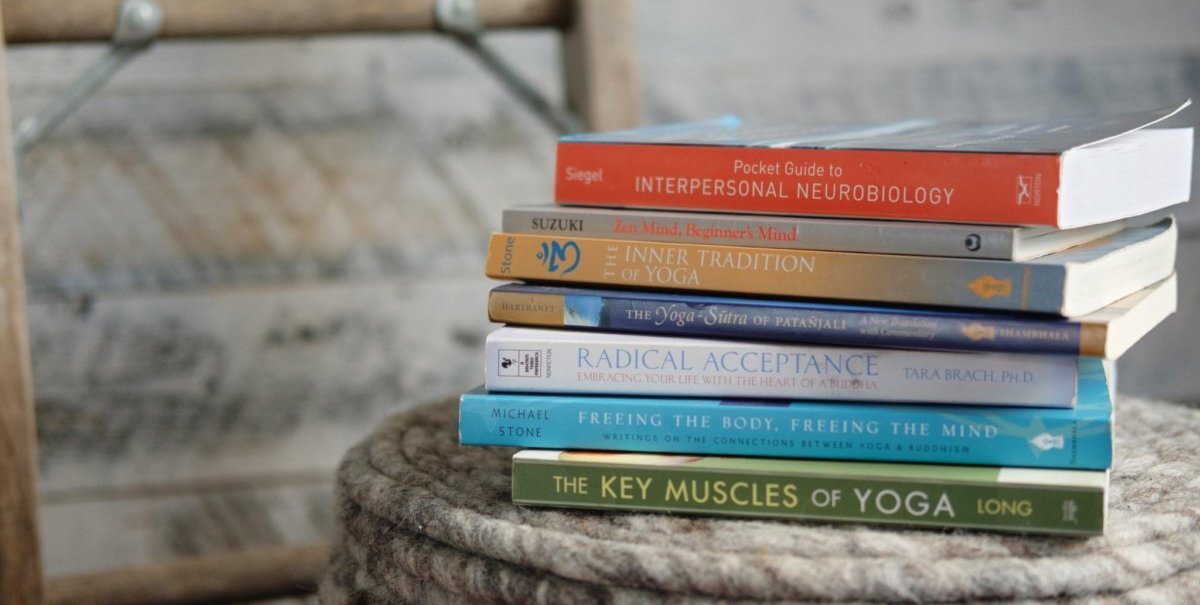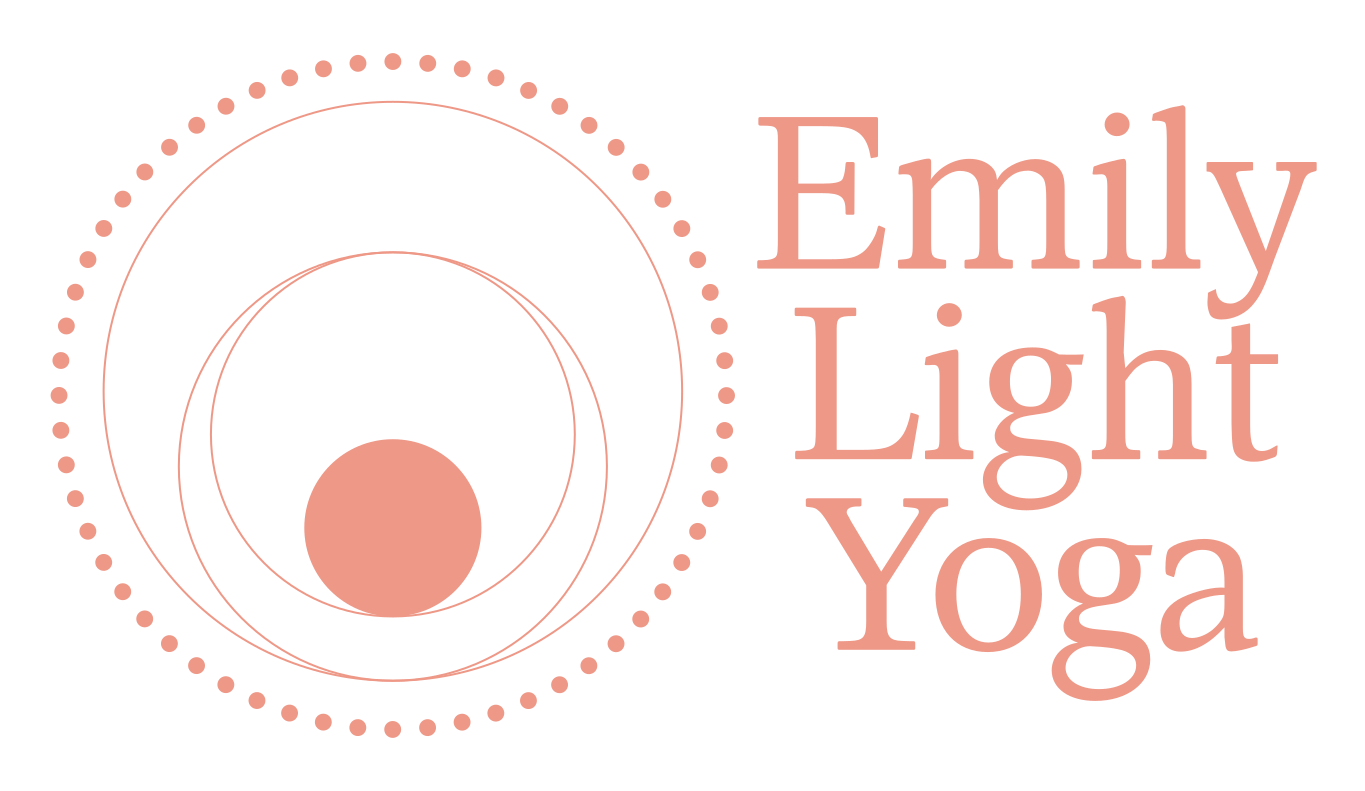
Writings

Root and Nourish: Practices to Calm and Soothe Vata
Here we are… there are no shortage of challenging circumstances to navigate and process right now. Vata season has arrived (for my northern hemisphere friends), and even in a non-pandemic, election, crazy-town year, this seasonal shift can result in feelings of anxiety, anger, insomnia and overwhelm.
Vata is one of the three Ayurvedic constitutional types/doshas, with pitta and kapha making up the other two. We all have a unique mix of these three doshas.

Pressure Chamber Breath
This is a pranayama that helps us to adapt to the external pressures of society, community, family and partnership, and our own expectations of ourselves. This breathing exercise intentionally creates more pressure in the thoracic and abdominal cavities, and also provides the opportunity to choose when to release that internal pressure. Explore this pranayama when there's anxiety, anger, overwhelm or defeat. Sometimes when we're stressed out, it's difficult to take a deep breath. This practice mobilizes the respiratory diaphragm, making deeper breaths more accessible and easeful.

Vayu Yoga and Elemental Yoga
You have already experienced what I've outlined in this article. You know what it feels like to root down into the ground, or to lift up toward the sky. You know how it feels to get really big and expansive, and how it feels to get really small and contracted. Your body knows what it feels like to receive and take in, and what it feels like to release and let go.
My intention here is to offer some guidance on ways to attune to that which is already occurring within you. When we build awareness of how our bodies and minds move, we have a greater capacity to utilize our yoga tools therapeutically. With a heightened sensitivity of these movements and actions, we're able to refine our practices to best support our needs, and our needs as they change.

Trust Yourself
It was the third day of studying with my late teacher, Michael, and before I asked him to officially be my teacher. At the end of practice, he guided us into savasana, and, to let go of control of our breath. After a few moments, in which I thought I had set aside any shaping of my breath, Michael quietly walked over, sat down next to me, and placed his hand on my abdomen. He asked me if I could let go of my breath. My belly began to shake and warm tears streamed down my cheeks and flowed over my ear lobes. I didn’t know why I was crying. But, I did know that this was an important teaching. I asked him to be my teacher later that afternoon. An ask that had only happened once before in my life, and one that hasn’t happened since.

Range of Tolerance - Nervous System Resiliency
Nervous System Resiliency for the Holidays
The holiday season is fast approaching, and during this time of year, I like to offer you some ideas and tools to help you support your nervous system. Whether you love celebrating the winter holidays, you dread them, or it’s a mix, we can all benefit from the practices I’ll be speaking about in this article.

The Buzzing Breath / Brahmari Pranayama
This is a great pranayama for focusing the mind, because you’re making a sound. Other benefits of this breathing exercise include: pain management, and breaking up congestion and stagnation in the physical body and the nadis. You can change the pitch of the sound to vibrate different areas of the body. Try this pranayama when the mind is distracted, when there’s pain or a sense of inertia. Buzz as loud as you can without creating tension in your face, jaw, or neck. Try buzzing in different postures, like sitting, standing with feet hip width, laying down, in Warrior II pose, etc. You can also plug your ears with your thumbs and rest your fingertips on your scalp to bring your attention more internal.

Alternate Nostril Breath / Nadi Shoddhona
Alternate Nostril Breath / Nadi Shoddhona balances prana flow in two of the major nadis: Ida and Pingala, which end at the left and right nostrils, respectively, and harmonizes the right and left hemispheres of the brain. This pranayama has been shown to improve nervous system resiliency by activating the vagus nerve and enhancing heart rate variability.

Excess Pitta
How to Summer Wisely
Revolved Head to Knee pose / Parivritta Janu Sirsana - This is a great pose for pitta season!

Breathe Your Way Through the Holidays
Twinkling lights, pumpkin spice, and festive parties, oh my! Even if you delight in this time of year, it can still be stressful. Yoga is here to help. Did you know that the most efficient way to affect change in your nervous system is through breathing? Simple, right? Well…. Not exactly.
